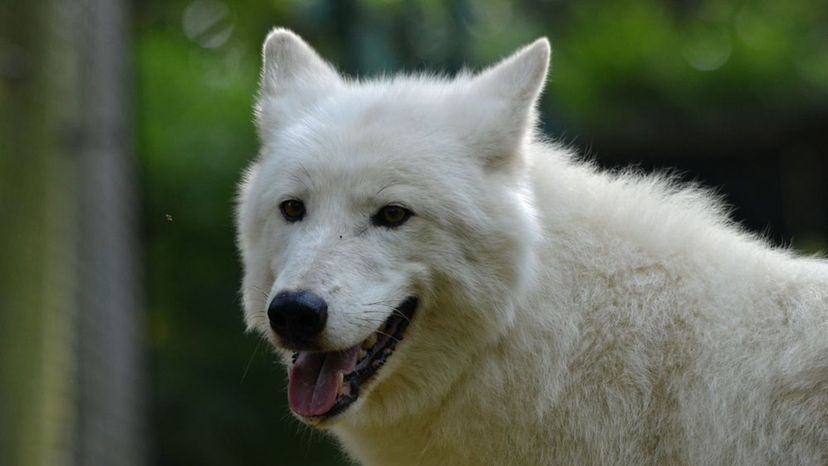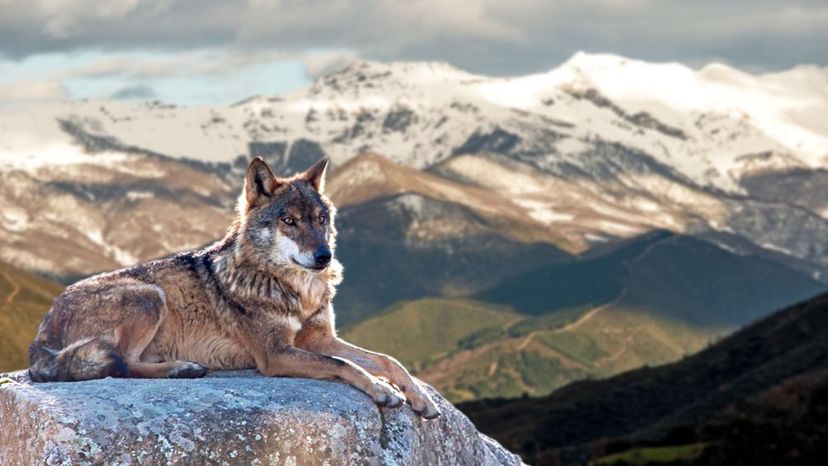
About This Quiz
May I have your attention please! It's time to make like Forrest Gump and run far, far, away from here! There are dangerous animals on the prowl!
But wait, before you go ... think you have what it takes to recognize them all from a photo?! We're about to see just how well you know some of the world's most dangerous animals!
So what exactly is the danger, you ask? Well, there are a lot of different factors when it comes to this particular category. You see, dangerous animals aren't always out to attack you. Sure, a lion who is protective of its territory and cubs will get verrrrry upset if you approach. But a deer who has wandered out into the roadway in search of food is not out to get you! Sadly, this is just one example of a more friendly animal who falls into the dangerous category, much like German shepherds and elephants, too!
You see, whether by accident, venom, strength or blunt force, we have to exercise caution at all times when we are in the vicinity of these creatures. Can you exercise your expertise by naming them all correctly? It's time to find out! Good luck and remember, proceed with caution!
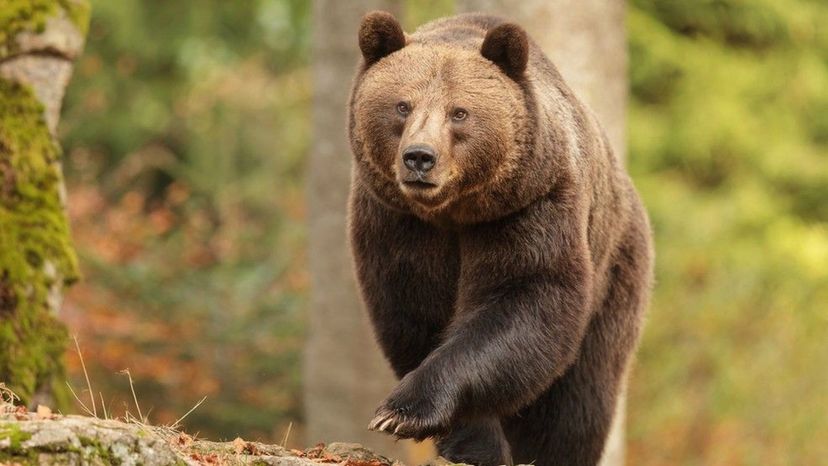
Brown bears are found across much of northern Eurasia and North America. They are considered one of the more aggressive types of bears and are likely to injure human beings more than any other species!
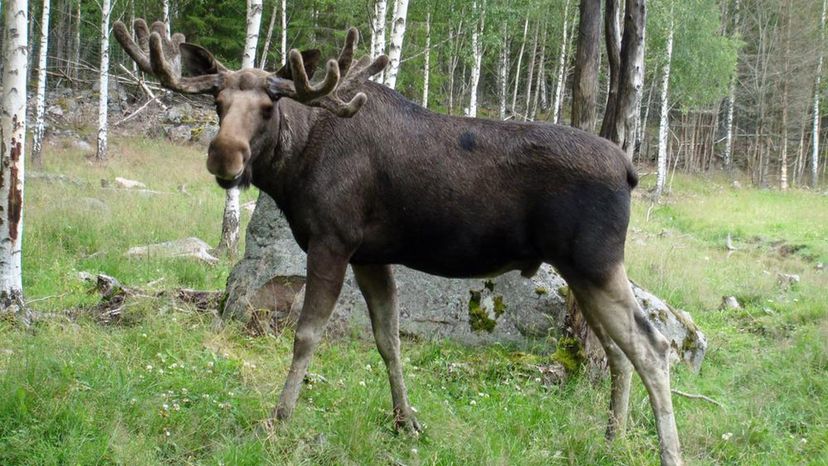
Moose aren't inherently aggressive, but will defend themselves if they perceive a threat. Did you know that more people each year are injured by moose than by bears?

Bison are among the most dangerous animals encountered by visitors to the North American national parks. They can run as fast as fast as 40 mph and will attack if provoked!
Advertisement

Did you know that most Bullmastiffs are good with children and highly protective of their human family? If they are misguided or have inadequate human training, however, they can be extremely dangerous!
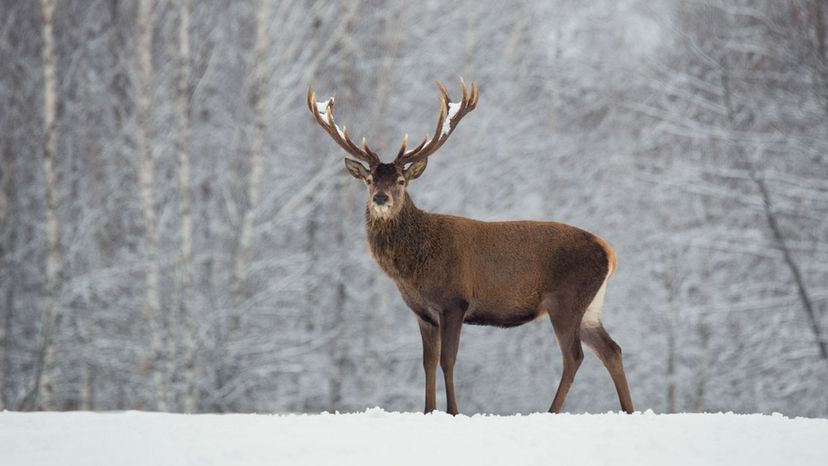
Elk are considered to be the most dangerous animals found in national parks. Mother elk in particular are vicious when it comes to protecting their newborn calves! They will slash with their hooves if they feel threatened!
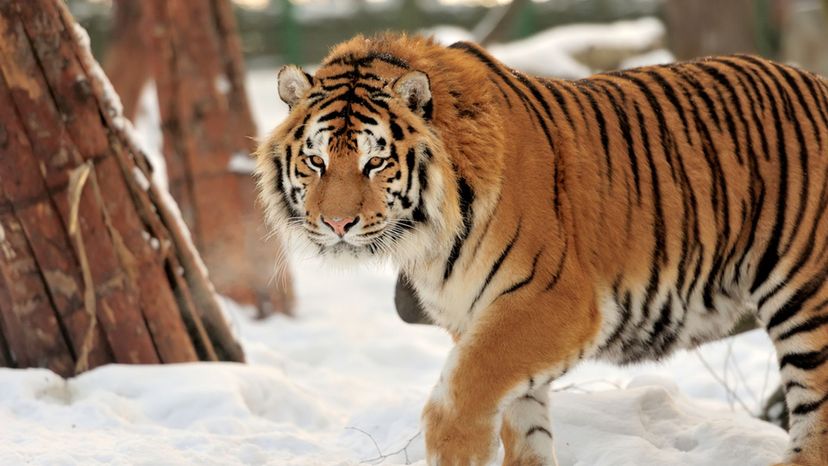
Tigers have a strong, muscular body. Did you know that they can leap 19 feet, jump 16 feet, and carry double their body weight? These creatures are so powerful that they can remain standing even when dead!
Advertisement

Did you know that two same sex Alaskan Malamutes should not be kept together unless by a very experienced owner? This animal is so dominant toward other dogs that they will even battle it out with one of their own!
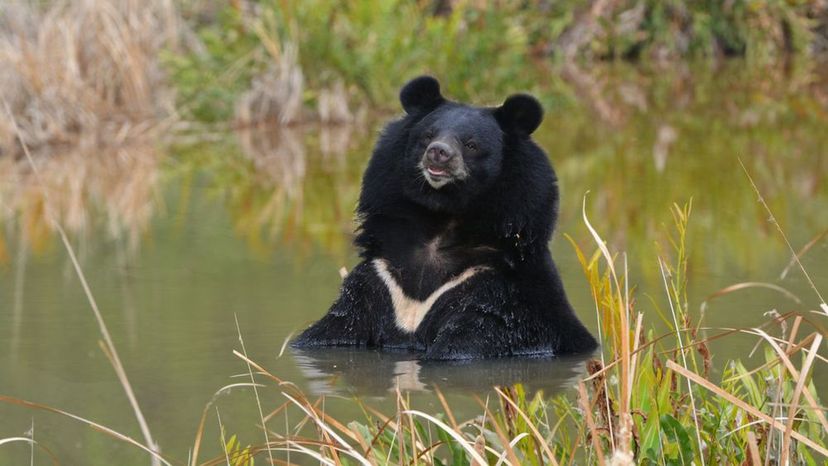
Did you know that black bears are considered more dangerous than brown bears? This is because black bears live in close quarters whereas brown bears are in more open spaces and can see humans approaching.

Each year, multiple deaths are reported as a result of vicious dog attacks. Boxers and boxer mixes often make the "Top 10 Most Dangerous Dogs†due to their attacks on children!
Advertisement
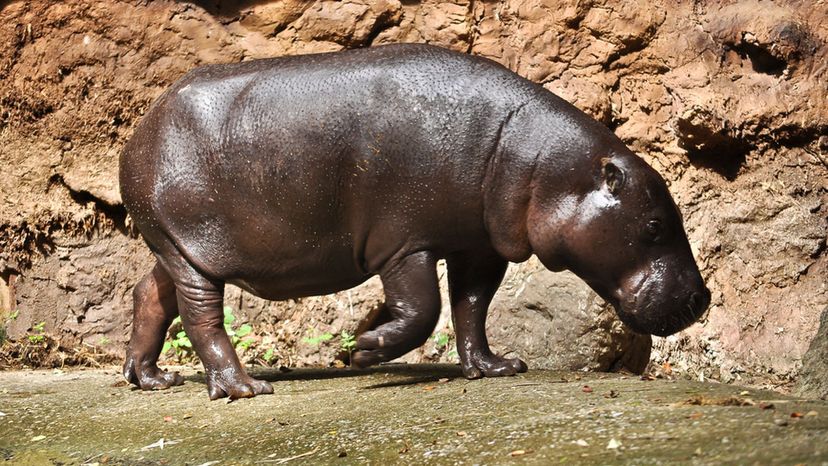
Pygmy hippos are primarily nocturnal. They are secretive in behavior and often live singly rather than in packs. They use their massive size, head and teeth to protect themselves against predators.
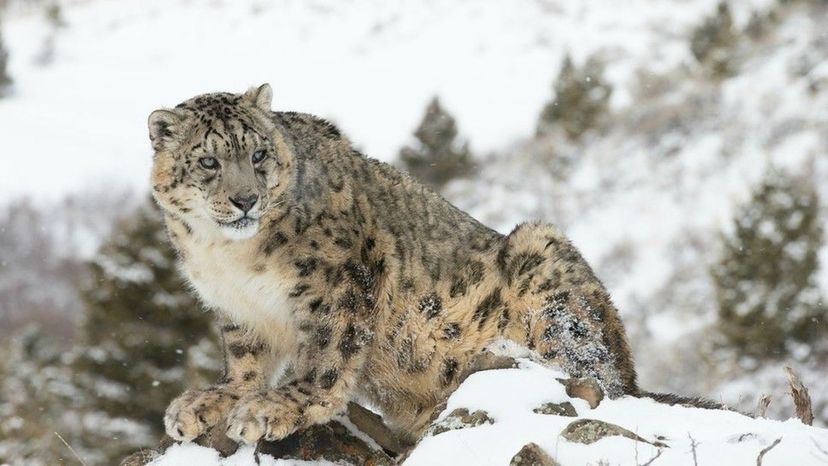
Snow leopards are one of the top predators in the high mountain food web of Central Asia. They are considered an opportunistic predator and are capable of killing prey three times their weight. Snow leopards in the Himalaya and Tibet eat blue sheep.
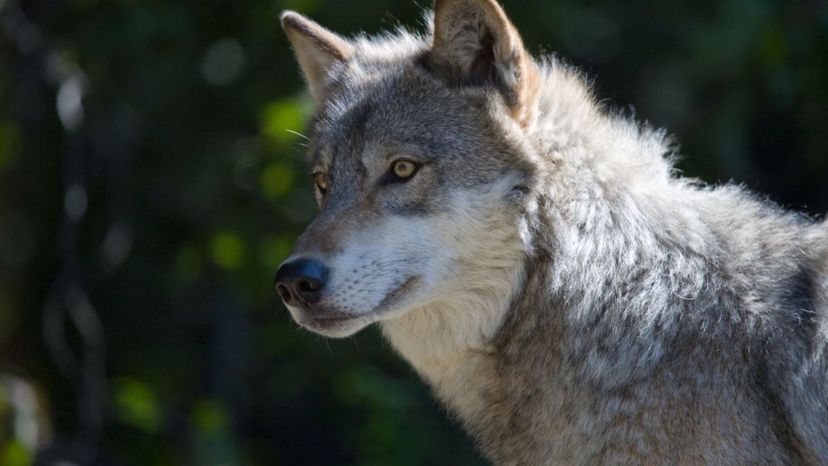
Although wolf attacks do occur, their frequency varies with geographic location. Did you know that gray wolf attacks are actually the most rare of all wolves?
Advertisement
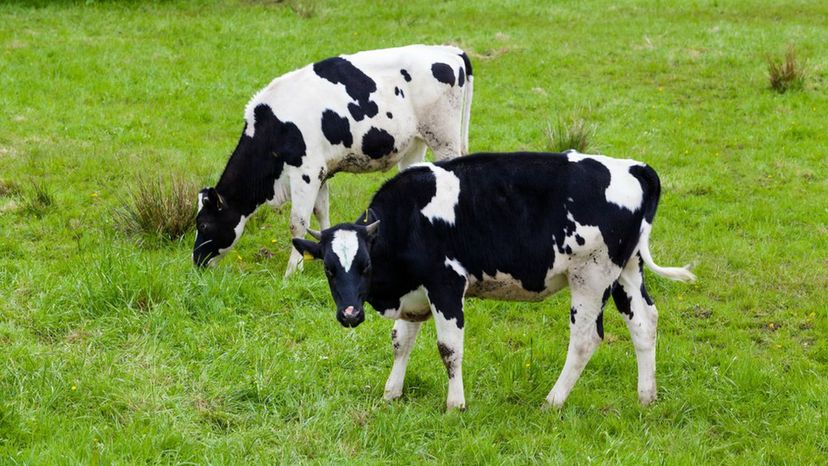
The Health and Safety Executive reports that on average four to five people are killed in accidents involving cattle each year. Did you know there have been 74 fatal attacks since 2000?
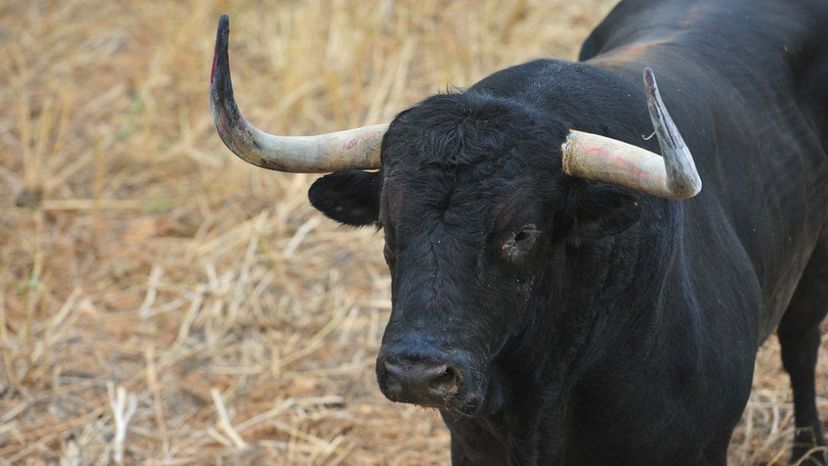
Never mind the running of the bulls! Bulls are responsible for more than 50% of livestock-related deaths on Irish farms! They are especially dangerous during their mating season.
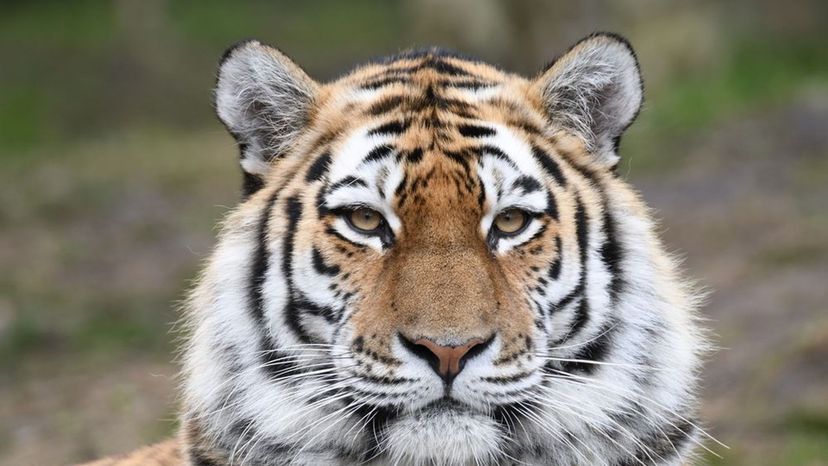
British scientist and writer Charles Frederick Partington wrote that Javan tigers were strong enough to break legs of horses or buffaloes with their paws, despite the fact that they were not as heavy as Bengal tigers. Javan tigers have been extinct since the mid-1970s.
Advertisement

Dingoes are a danger to livestock, especially sheep and young cattle. Did you know that a 5,614 kilometer Dingo Fence was constructed in Southeast Australia to protect the livestock from attacks?!

While all wolves have the potential to be dangerous toward humans, most Arctic wolves have likely never come in contact with a human before! They mainly prey on musk oxen and Arctic hares.
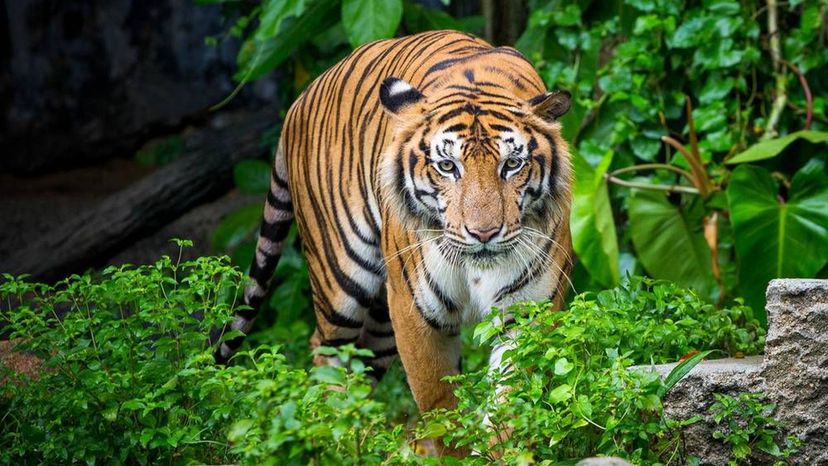
The Indian subcontinent has served as a stage for intense human and tiger confrontations. Most people are attacked in the mornings while collecting fuel wood, timber or other raw materials, or while fishing!
Advertisement
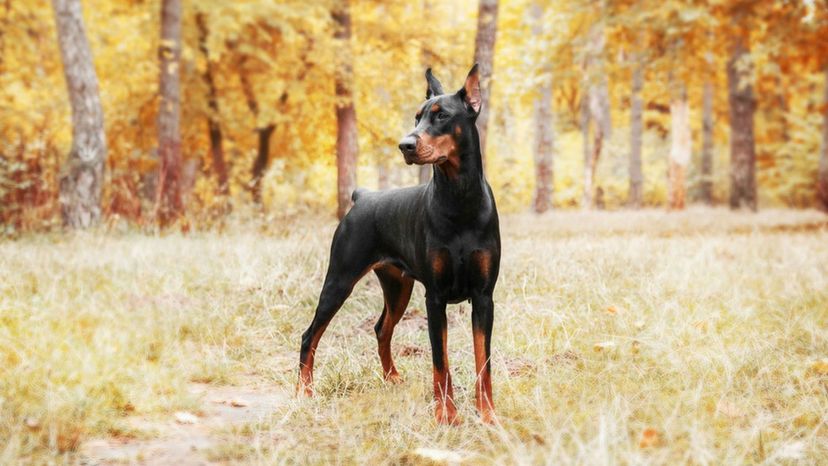
Doberman pinschers originated in Germany. Weighing in at 65-90 pounds, they are loyal dogs, but currently listed at #7 on the top 10 most dangerous dog breeds.

Did you know that male African lions can be 10 feet long and weigh more than 400 pounds? While the chances of an attack on a human are unlikely, you certainly don't want to provoke this type of beast!

Great Danes are dangerous for their size relevant to their behavior. If they are not well socialized and don't have good training at home, this giant dog can pose a very big threat!
Advertisement
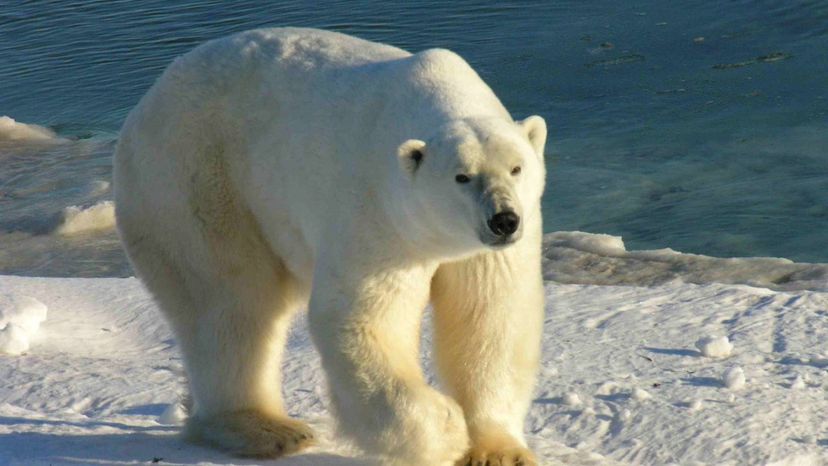
The largest meat-eater living on land, polar bears are extremely protective of their cubs and attack viciously when there is a perceived threat. Did you know that a polar bear can cut off a human head with one swipe of its paw?!

Common hippos are recognizable by their barrel-shaped torsos, wide-opening mouths revealing large canine tusks, nearly hairless bodies, columnar legs and large size. Did you know that the average adult hippo weighs more than 3,300 pounds?!
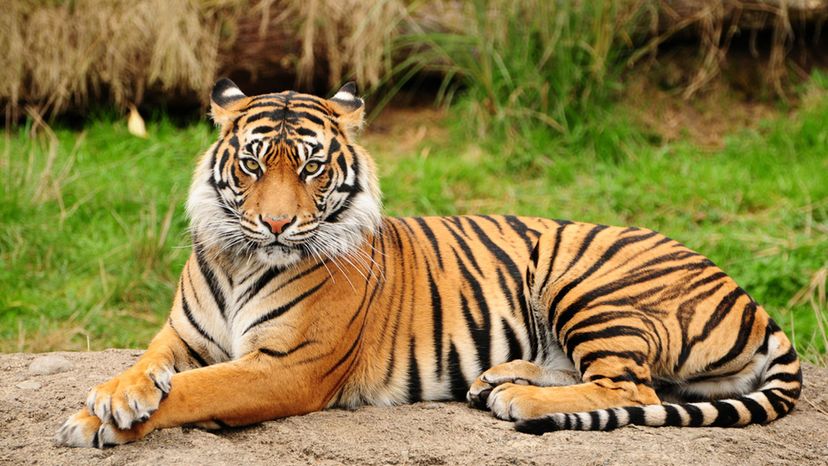
The Bengal tiger is the most numerous tiger subspecies in Asia, with a population of about 2,500. Although they pose a threat to humans who enter their territory, they are actually the national animal of both India and Bangladesh!
Advertisement

Here is an example of a friendly, but dangerous animal! If properly trained, German shepherds are the epitome of "man's best friend." If not, however, they are one of the top breeds most likely to attack a person.
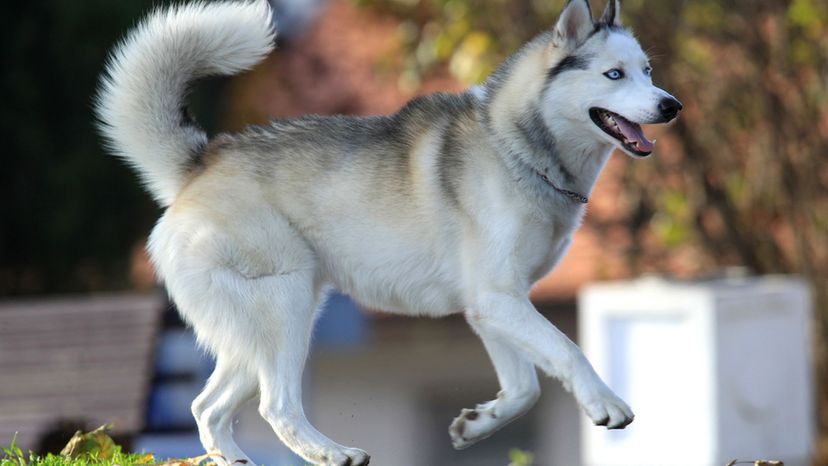
Siberian huskies are popular sled dogs! They are recognizable by their thickly furred double coat, erect triangular ears and distinctive markings. Unfortunately, they are more aggressive than their fluffy exterior portrays!
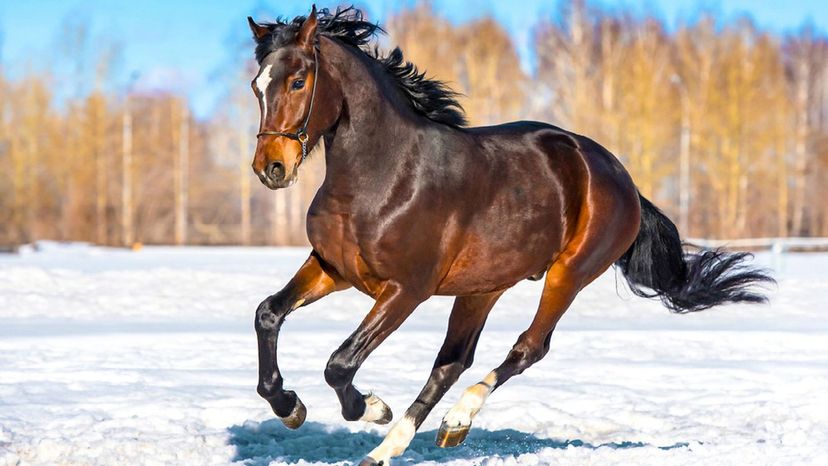
Rodeo, equestrian and bull riding deaths occur infrequently related to how many people are exposed to these animals, but they do happen. An average of 20 people per year are killed in horse-related accidents.
Advertisement
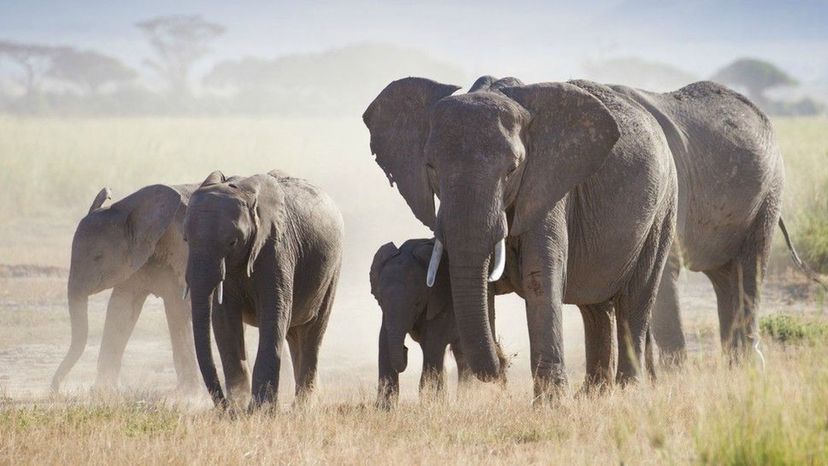
Did you know that the average African elephant weighs nearly 12,000 pounds!? Most deaths occur by elephants trampling their victims to death.
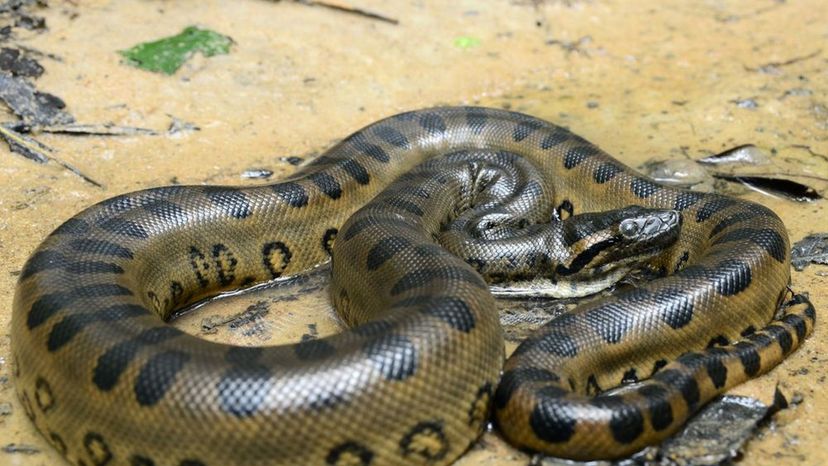
Anacondas are not venomous; they use constriction instead to subdue their prey! They grab their prey, coil around them and squeeze it until it dies of crushing or suffocation.
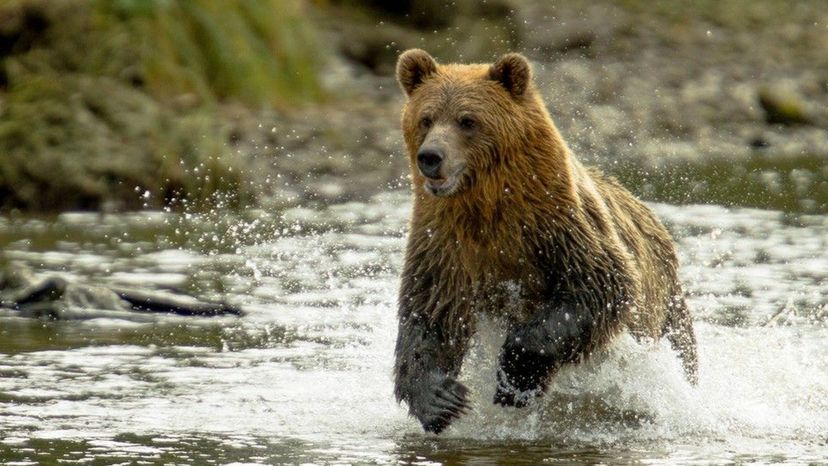
Grizzly bears do not climb trees. Instead, they respond to danger by standing their ground and warding off their attackers. Mothers defending their cubs are responsible for 70% of humans killed by grizzlies each year!
Advertisement
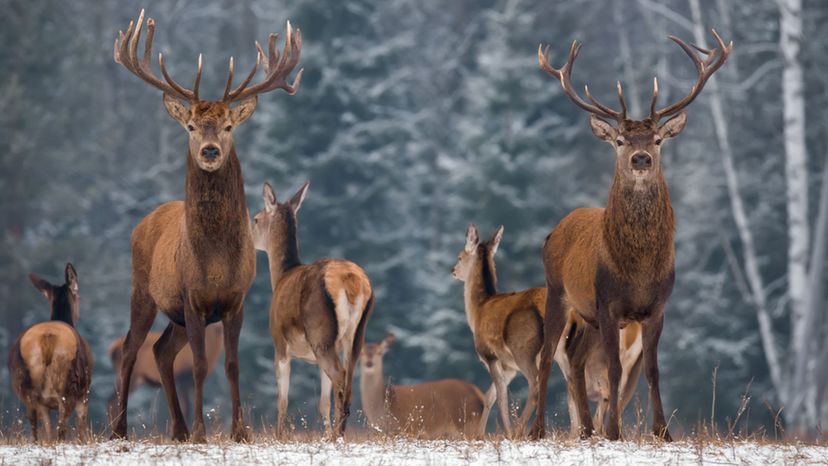
In 2000, of the 6.1 million lightweight motor vehicle collisions in the US, 1 million involved animal-vehicle collisions. Deer-vehicle collisions lead to about 200 human deaths and $1.1 billion in property damage every year!
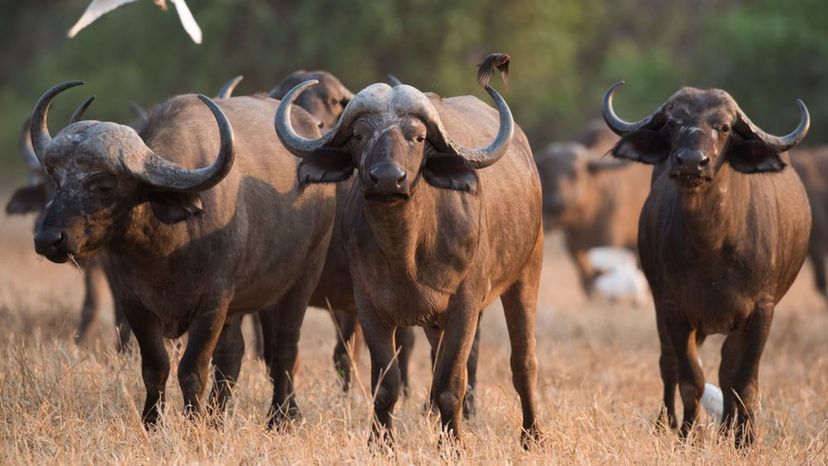
Cape Buffalo are said to have killed more big game hunters than any other animal in Africa. Males can reach heights of 6 feet and weigh upward of 1,750 pounds!
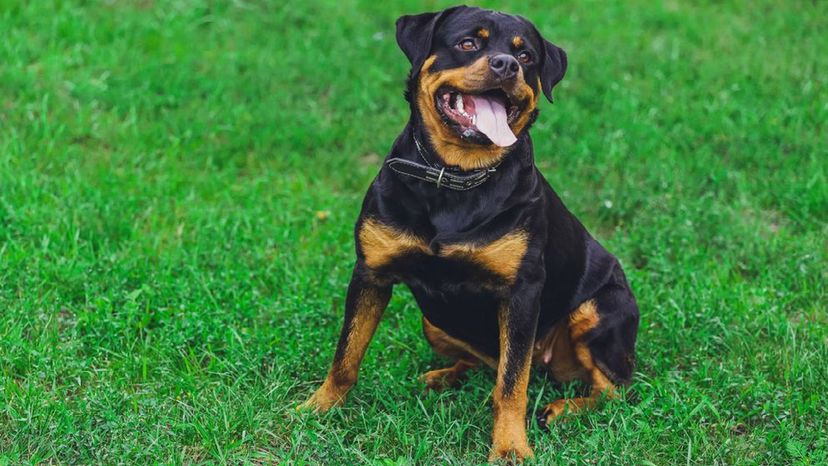
Rottweilers must be thoroughly socialized at an early age so that their territorial instincts are controlled. They can be aggressive with other dogs of the same sex. Many live peacefully with the family cat, but others are predatory toward cats.
Advertisement
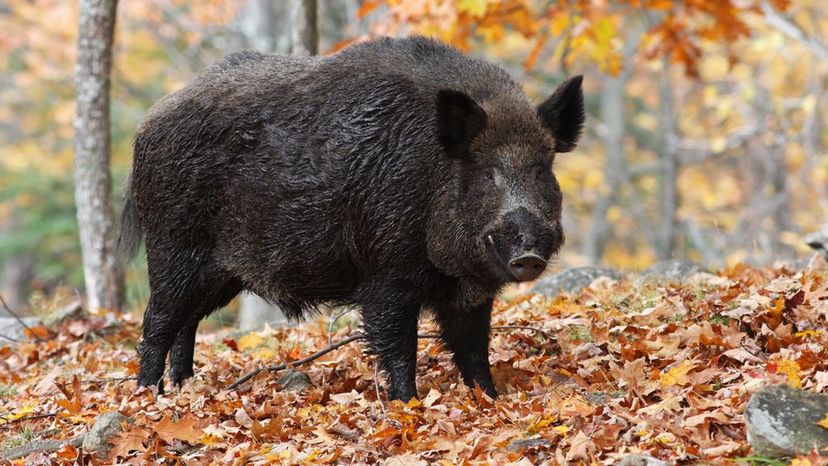
Experienced hunters say that wild boar can be even more dangerous to hunt than a bear. Equipped with thick, razor-sharp tusks, and a razor-sharp mind, a wild boar can weigh a staggering 660 pounds and exhibit extremely aggressive and unpredictable behavior.

From 2005 to 2015, pit bull attacks caused 232 deaths, which accounted for 64 percent of all deaths caused by dog bites during that decade. As with many dog breeds however, training and home care play a crucial role in the temperament of these dogs.
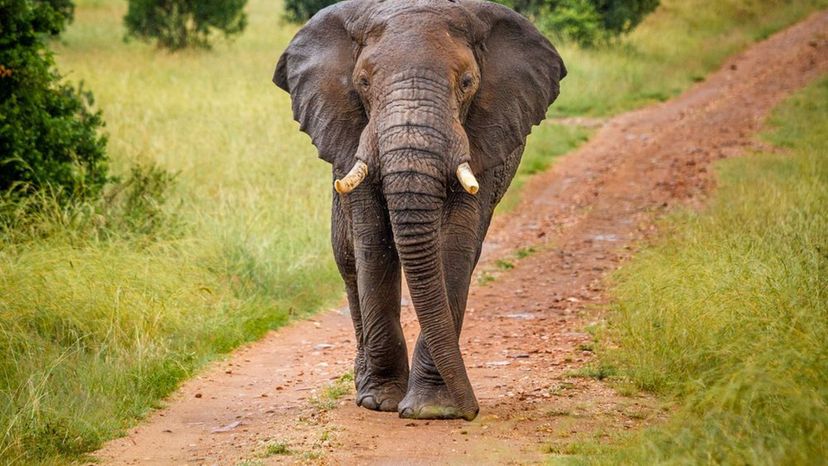
Since 1986, the Asian elephant has been listed as endangered on the IUCN Red List, as the population has declined by at least 50 percent over the last 60-75 years. While dangerous for their size, did you know that Asian elephants are timid and often flee from predators rather than attack?
Advertisement
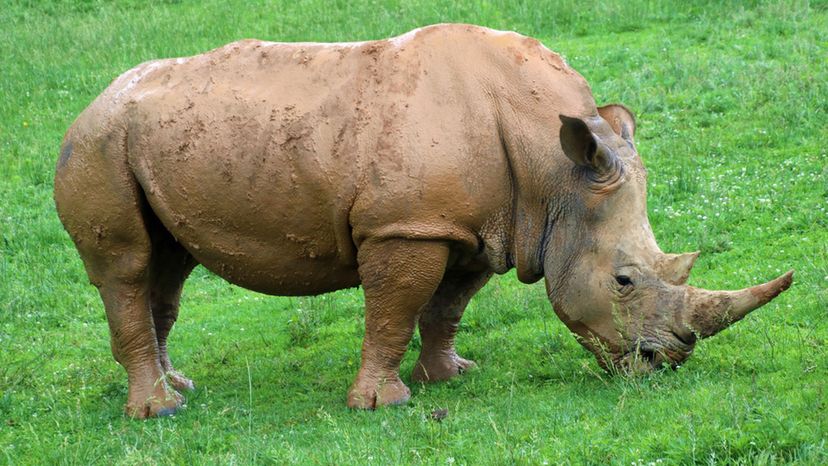
By nature, rhinos prefer to keep to themselves. If they feel threatened, however, trust us, they will lodge their giant bodies straight toward a fight!
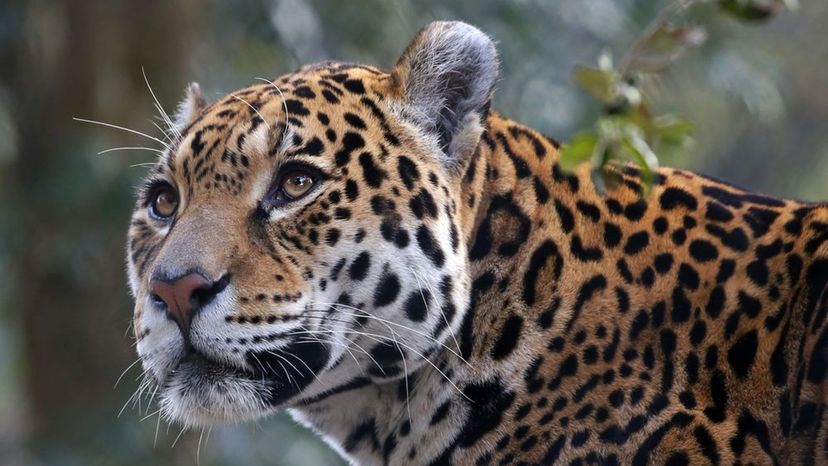
Unlike all other Panthera species, jaguars very rarely attack humans. However, jaguar attacks appear to be on the rise with increased human encroachment on their habitat and a decrease in prey populations.

Leopards are found in a wide range in sub-Saharan Africa and parts of Asia. While most leopards avoid people, people do not avoid leopards as they should! As a result, leopards have become known as man-eating creatures!
Advertisement
